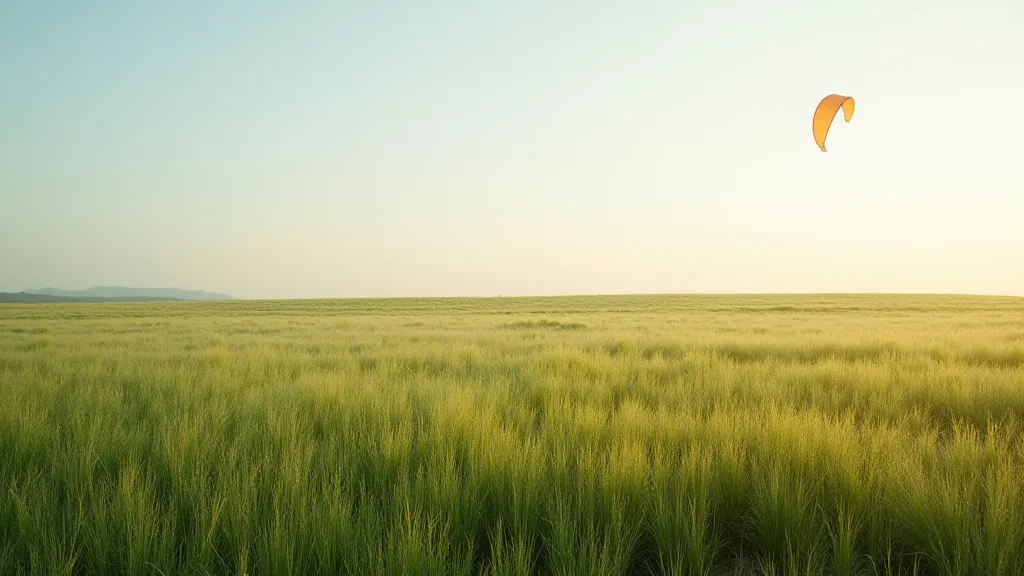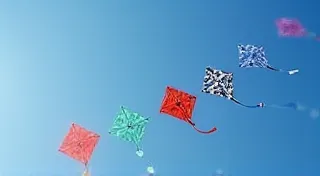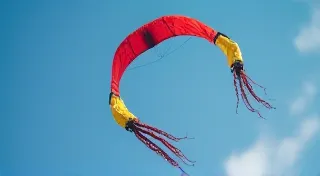Troubleshooting Common Kite Flying Problems
So, you’re ready to launch your beautifully crafted kite, but it’s just not cooperating? Don’t despair! Kite flying can be a little tricky sometimes, even for experienced flyers. This article will walk you through some common problems and offer solutions to get your kite soaring.
1. The Kite Won’t Stay Airborne
The most frequent complaint! Let's break down the potential causes and fixes:
Wind Conditions
The most critical factor. Kites require a specific wind speed to fly effectively. Too little wind, and the kite won't generate enough lift. Too much, and it can become unstable or even break. Generally, a steady breeze of 8-25 mph is ideal for most kites. Check a weather app to be sure. Consider the kite's design – smaller, lighter kites need less wind than larger, heavier ones.

Bridle Adjustment
The bridle is the system of strings connecting the flying line to the kite’s frame. Incorrect bridle adjustment is a *very* common culprit. Bridle adjustment controls the kite's angle of attack – how it interacts with the wind.
Too Low: If the bridle is too low (the point where the flying line attaches is too close to the bottom of the kite), the kite might nose-dive or flutter. Move the bridle attachment point slightly higher.
Too High: If the bridle is too high, the kite might loop uncontrollably or stall. Move the bridle attachment point slightly lower.
Small adjustments make a big difference! Make one small change at a time, and test after each change.

Kite Balance
Is your kite evenly weighted? An unbalanced kite will tend to spin or fall to one side. Double-check your construction – ensure spars are properly aligned and materials are distributed evenly. Re-check any decorative elements to make sure they’re not adding extra weight on one side.
2. The Kite is Spinning
A spinning kite is usually a sign of imbalance or improper bridle adjustment.
Bridle Adjustment (Again!)
Spinning can often be corrected by tweaking the bridle. If the kite spins to the left, try moving the bridle attachment point slightly to the right, and vice-versa. Very small adjustments are key.
Wing Shape Distortion
Check to see if the kite's wing is distorted. A bent spar or a saggy sail can cause instability and spinning. Correct any shape issues before attempting to fly again.
3. The Kite Loops Uncontrollably
Looping is often caused by the kite being too sensitive to wind gusts or having an aggressive angle of attack.
Bridle Adjustment (Yes, One More Time!)
If the kite loops, it means it’s angled too steeply into the wind. Move the bridle point slightly lower to reduce the angle of attack.
Wind Conditions
Strong, gusty winds can exacerbate looping. Try flying in lighter, more consistent wind.
4. The Kite Dives or Nosedives
A nosedive indicates the kite is too heavily weighted at the front or has a bridle point that's too low.
Bridle Adjustment
Move the bridle attachment point slightly higher.
Weight Distribution
Make sure the kite’s nose isn’t too heavy. If you're using decorations, distribute the weight evenly or move them further back.

Tips for Success
- Start with a Simple Design: If you’re new to kite making, begin with a simple box kite or diamond kite.
- Be Patient: Kite flying takes practice. Don’t get discouraged if your kite doesn't fly perfectly the first time.
- Observe: Pay close attention to how your kite behaves in the air. This will help you diagnose problems and make adjustments.
- Seek Advice: Join a local kite club or online forum. Experienced kite flyers can offer valuable insights and troubleshooting tips.






